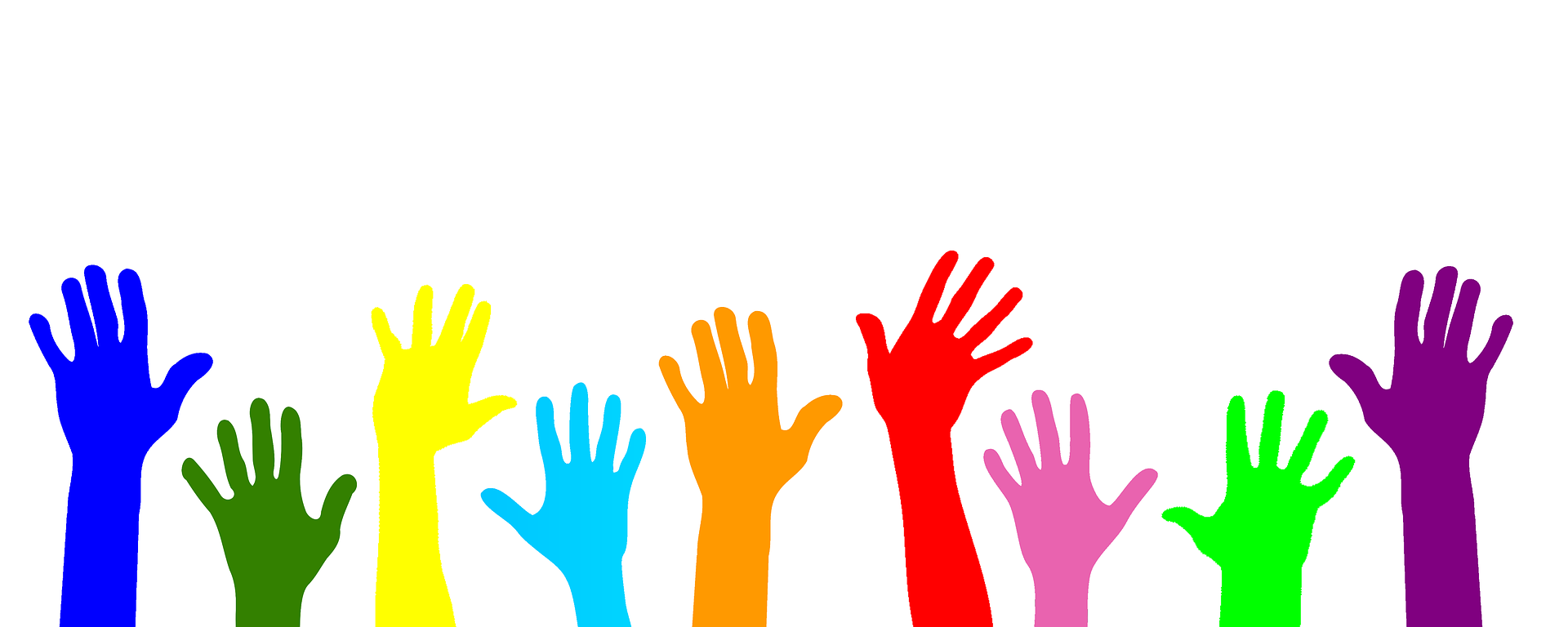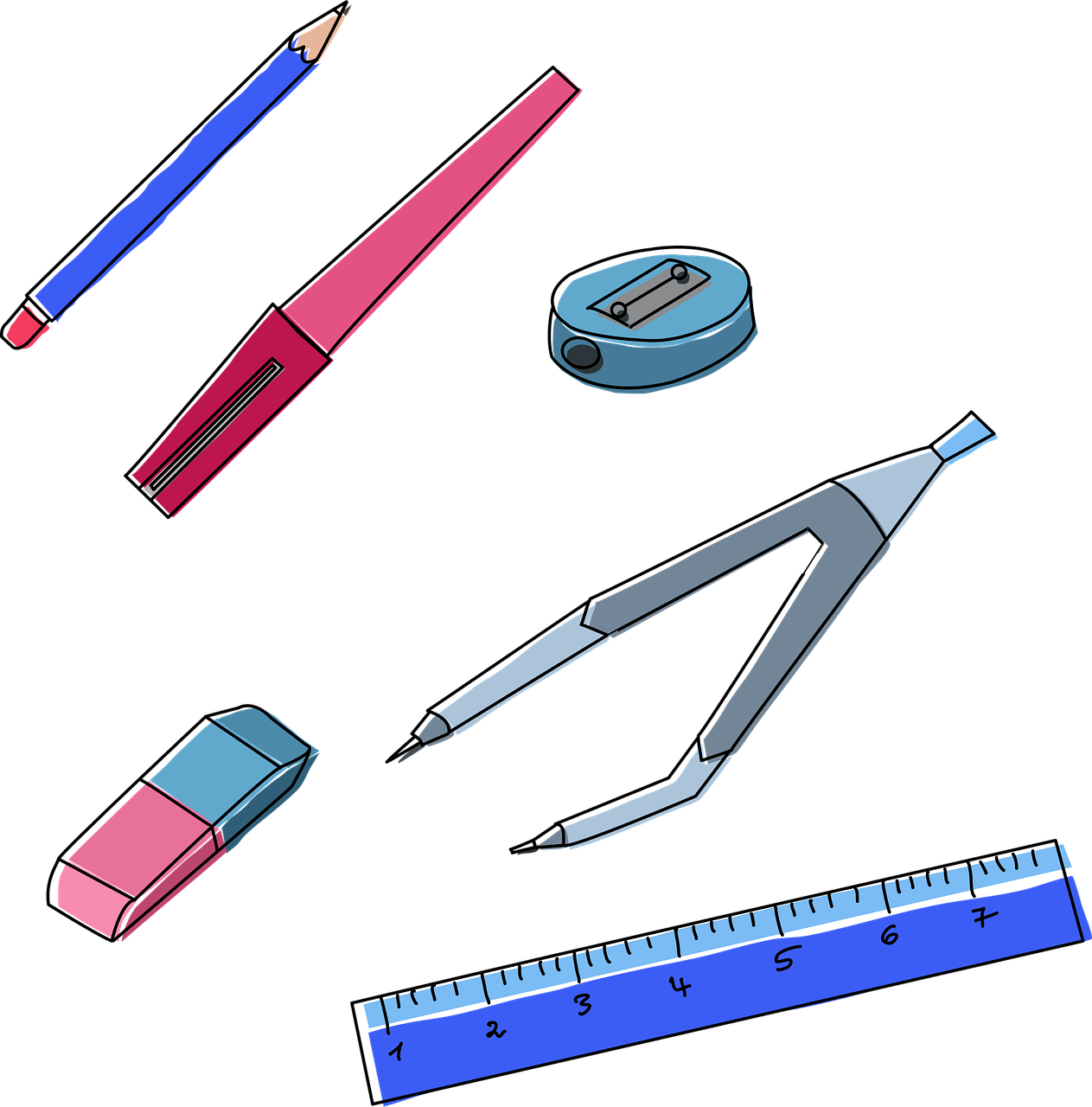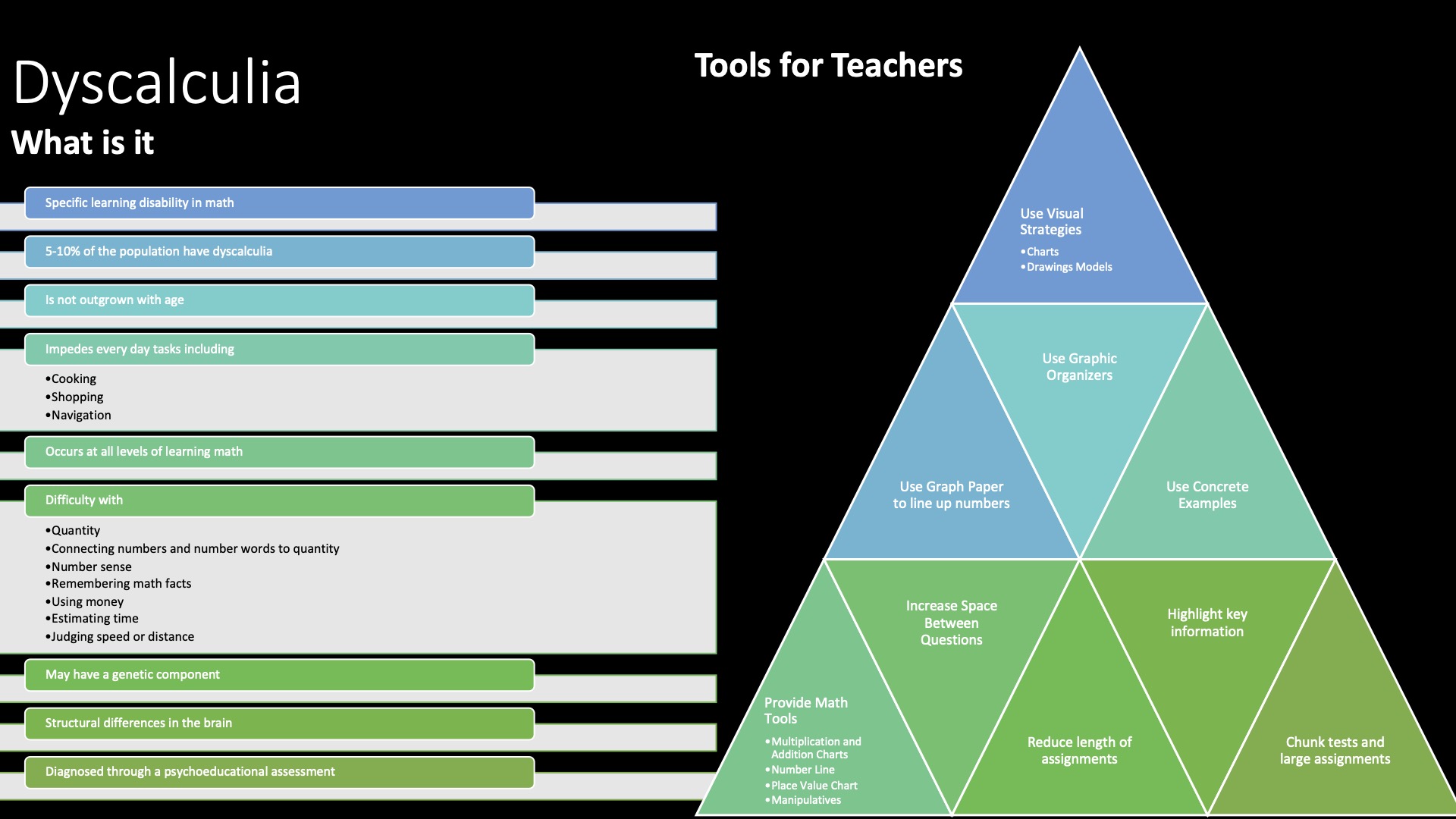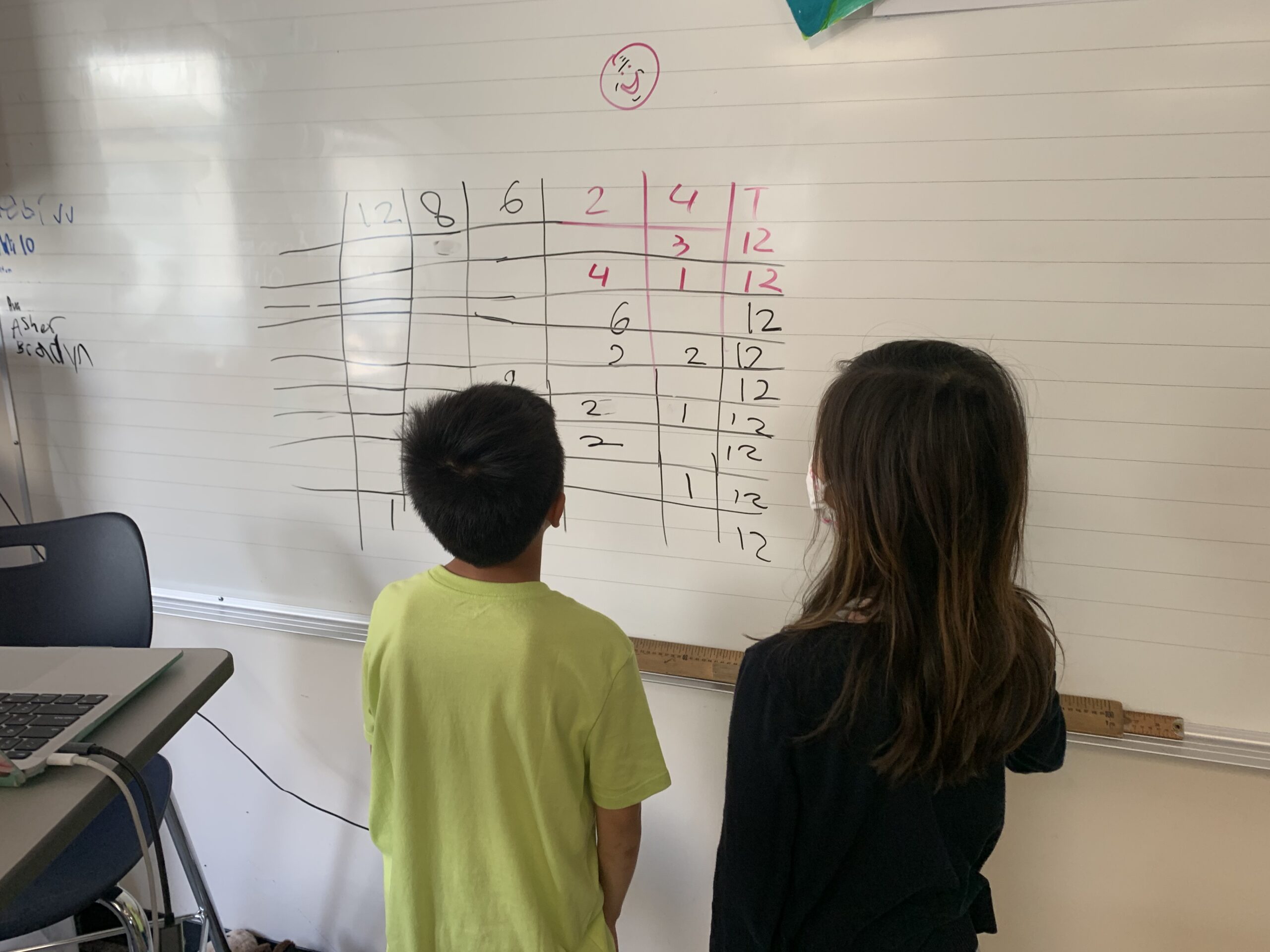Nicole and I had a wonderful conversation, and it were great to be able to talk with someone “face to face”, well as much as counts as face to face these days. We both share a lot of similar ideas even being two grade levels apart, Nicole in grade 2 and I’m grade 4. The need to make math playful and fun, using whole body activities to engage students and reduce the amount of language needed. We discussed how language can often be the stumbling point for many students in math and that it is not only our ELL students that need language support. One of the things we discussed was that many of our parents found the math language challenging especially in text heavy and word problem heavy resources like “Math Makes Sense” or “Math Focus” and that resources such as “Jump Math” and “Math to The Max” were more parent friendly because they use less language and more common language to communicate. For us there was no way to get around using language in math as language is a vital part of communication, however we can support language development through the use of manipulatives, diagrams, images and gestures.
- When you test your students in math, how much do language skills play a factor in their test score? (Think of students reading directions, processing directions, test-taking skills)
- We are often language heavy in our testing especially considering giving students word problems or for those of us in grade 4 the dreaded FSA tests. Many of my strong math students struggled and my reluctant mathematicians were reduced to tears by the ambiguous wording of several of the problems in this year’s test, it even took me a few reads through the question to fully understand what it was asking.
- We use language quite a bit, it’s hard to avoid using it. However, in comparison to other subjects it is much easier to demonstrate concepts via the use pictures, diagrams, tallies, charts, number hunts, shape hunts, weighing and measuring for and estimating; role play, games (card games like War, Go Fish, +1 or -1; dominoes for matching numbers, finding doubles, or adding to ten; snakes and ladders, etc.). While language is important concepts can be represented quite easily in so many ways using manipulative and games, even hand gestures (showing big or small and comparisons/similarities/differences between things)
- Read through all test questions as a class / clarify test questions as needed for individuals
- If students are given a formal test, they are always read out to them slowly, one question at a time, as a class on the Smartboard.
- They are encouraged to try each question right away but can come back to it if feeling confused, at which point one on one help is given if they ask for it.
- Usually, the test questions are familiar to what we have already practiced in class, so it isn’t too difficult.
- Use images and diagrams on tests
- Observations as students are working
- Ongoing formative assessment
- For the grade you teach, how would it be possible to test math without words? What strategies could you use in your classroom to teach and test just math? (e.g., skip Language Arts, and spelling during Math class)
- I would read the work to them in case they are ELL or a low reader or have difficulties with executive functioning.
- Highlight key words.
- Highlight each step.
- Draw it out.
- Have them do fewer questions.
- Use of tech, math manipulative, making connections to what is in class, in the school our outdoors.
- Use of PE time to show counting by 2, 5, 10 (skipping or ball dribbles, tennis ball).
- Working math into playground games
- Origami, cutting, balancing weights, partner work, projects where they build.
- Showing many representations.
- Walking number lines outside or inside
- Walking / hopping on a number line
- Collaboration time.
- NO TIME LIMIT for tests or assignments
- Work on vertical surfaces
- Using actions and gestures for specific operations and keeping the gestures consistent
- Demonstrate on a white board
- For students with difficulty reading and writing verbal assessment / interviews






